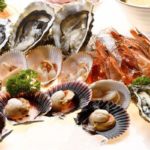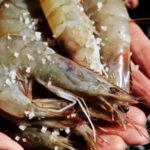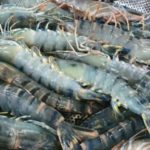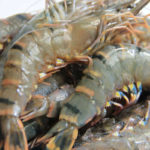Surely, shrimp is always a favorite dish for many people. Not only does it have a delicious and tempting taste that captivates people’s hearts, but it is also known for its nutrition and health benefits. With its delicious taste and versatile processing, shrimp is always an excellent choice for enjoying with friends and family.
However, to have tender, sweet, and appealingly cooked shrimp, you need to understand the basic steps and techniques, including selecting good ingredients, handling shrimp cleanly, and controlling the temperature when boiling.
How to choose delicious shrimp
First of all, the selection of ingredients requires special attention. For shrimp, only fresh ones should be chosen to ensure the best taste when boiling. Shrimp should have a bright color and a little green, while their surfaces should be shiny, especially when exposed to sunlight.
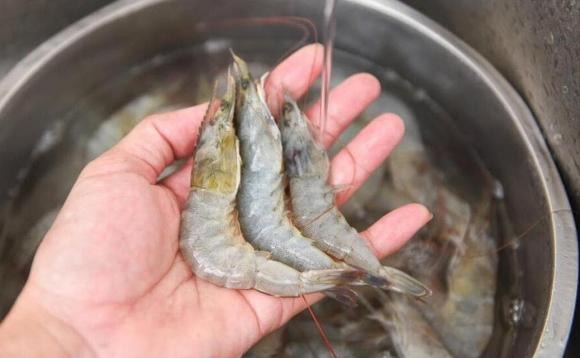
First of all, the selection of ingredients requires special attention.
Under sunlight, shrimp remains transparent and shiny. Fresh shrimp are usually flexible and strong; you can feel their elasticity when holding them. If the shrimp has a fishy smell or signs of spoilage, do not buy them.
How to process shrimp
Next, the process of handling shrimp needs to be done with careful hygiene. Place the shrimp in clean water and soak for a while. Use your hands to gently wash the shrimp’s surface to remove dirt, then rinse several times to ensure cleanliness.
By doing this, we can effectively prevent food contamination and ensure food safety. Next, process the shrimp by removing the intestines and leaving only the shrimp meat to minimize the fishy smell.
Why should you put the shrimp into hot water?
Finally, adjusting the water temperature during the shrimp processing is very important. Using water that is too hot or too cold can affect the taste and retain the nutritional value of the dish.
Based on the experience of chefs with many years of experience, it is recommended to use hot water to boil shrimp. Heat the pot, add a little cooking oil, stir-fry ginger and scallions, then add a little red or white wine, and then pour in water.
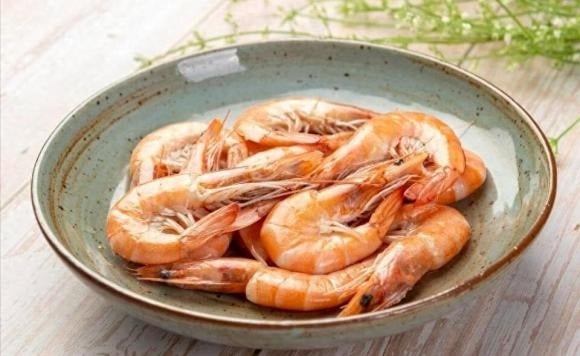
Based on the experience of chefs with many years of experience, it is recommended to use hot water to boil shrimp.
During the boiling process, using ginger and cooking oil is essential; they can effectively remove the fishy smell of shrimp, while the cooking oil helps the shrimp maintain a fresher color. Continue boiling until small bubbles appear at the bottom of the pot. The temperature of the pot at this time is around 85-90 degrees Celsius, which is suitable for putting the shrimp in without waiting for the water to boil completely.
However, it should be noted that the cooking time for each type of food is different, and the cooking time needs to be adjusted accordingly depending on the size of the shrimp.
Combining simple seasonings and sauces will enhance the flavor of the shrimp. For example, mix soy sauce, vinegar, sesame oil, and minced garlic to create a unique and delicious side dish.
How to Choose Fresh Seafood: Important Cabinet Tips
In recent years, concerns have been raised over the practice of injecting urea and chemicals into seafood, making it difficult to find safe and fresh options. To help, DienmayXANH.com offers some tips on how to select the best seafood available. Seafood is a rich, delicious, and nutritious source of food, and this advice will help ensure you make the most of it.

























